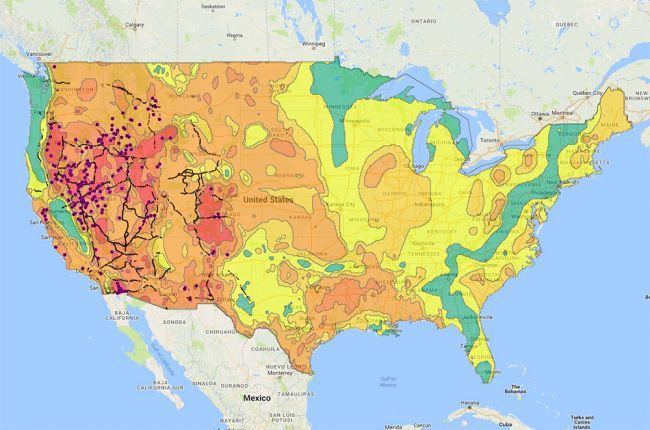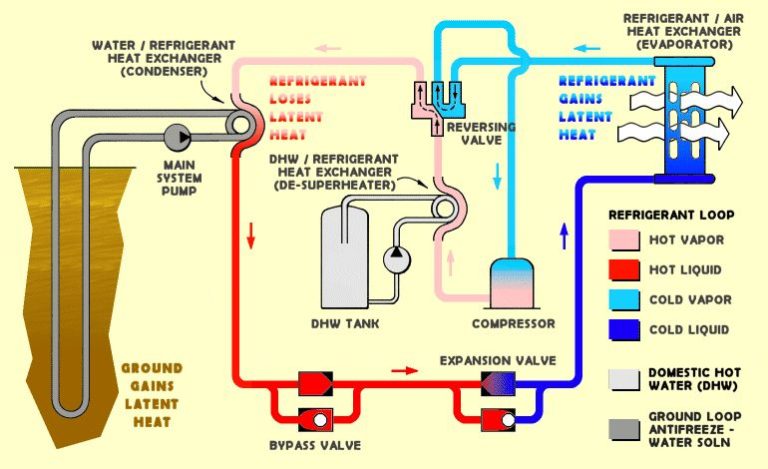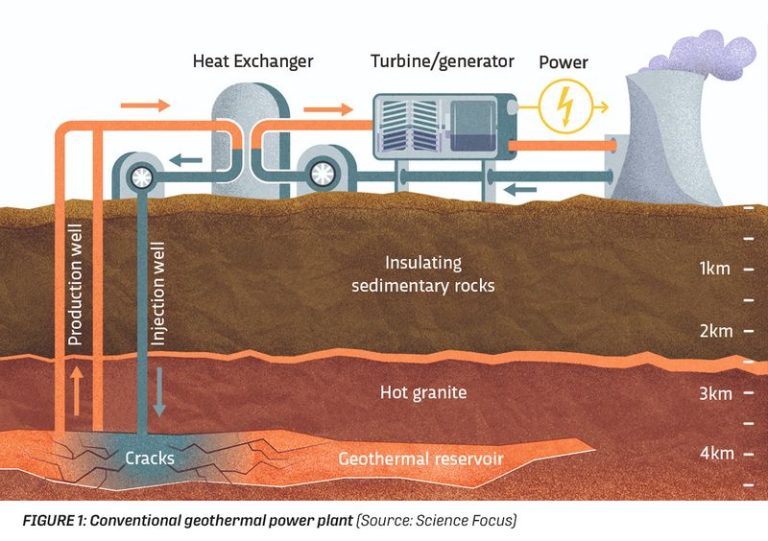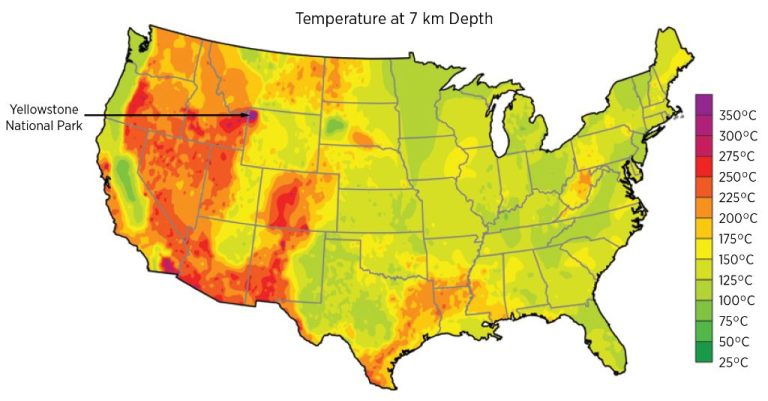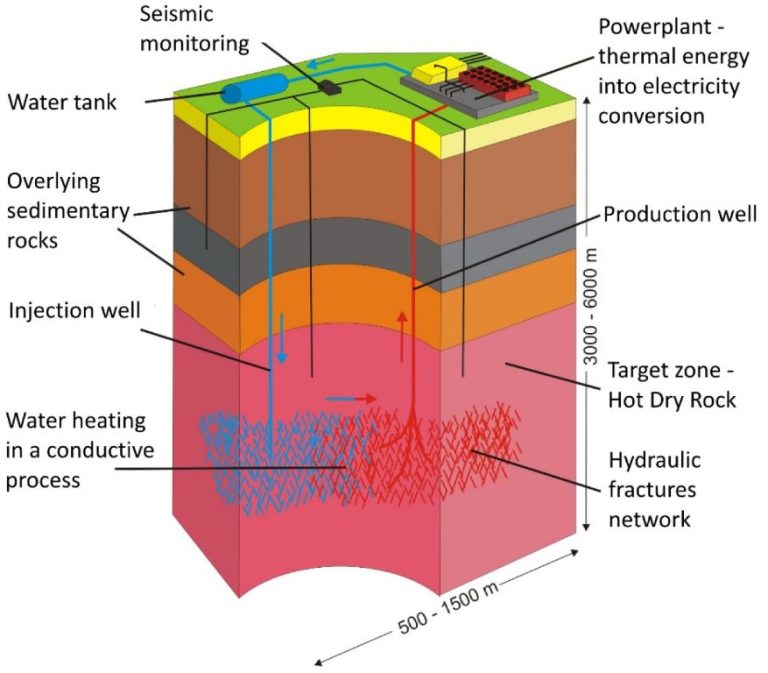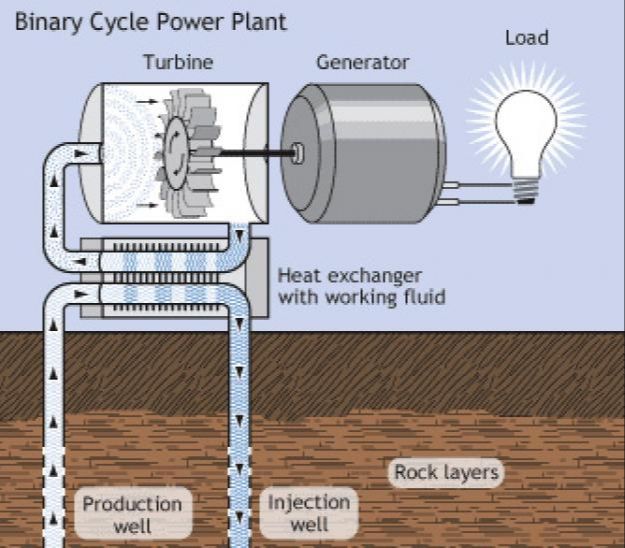How Much Does A 5 Ton Geothermal System Cost?
A geothermal system is a heating and cooling system that uses the Earth’s natural heat to provide energy efficient temperature control for buildings (https://www.sciencedirect.com/topics/earth-and-planetary-sciences/geothermal-system). It consists of an underground loop system with a heat pump that moves heat between your home and the ground. A 5-ton geothermal system is sized to cool a home that has approximately 3,000 to 3,600 square feet. Geothermal systems require a high upfront investment but can lead to significant long-term savings on energy bills. This article will provide an overview of the costs involved in installing a 5-ton geothermal system, including the loop types, system size, location, energy savings, incentives, maintenance, and environmental benefits.
Upfront Costs
The upfront costs for installing a geothermal heating and cooling system are significantly higher than conventional HVAC systems. This is mainly due to the ground loop that needs to be installed. According to ClimateMaster, a 5 ton geothermal system will cost between $18,000 to $30,000 for the full installation.
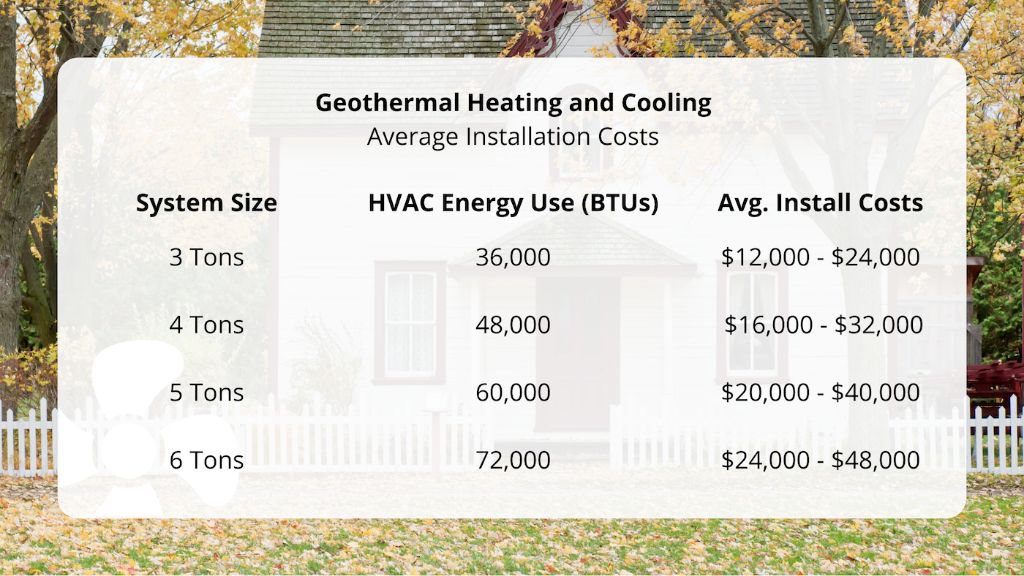
The main upfront costs include:
- Purchase of the geothermal heat pump unit itself ($5,000 to $10,000)
- Installation of the underground loop to connect to the earth ($8,000 to $15,000)
- Labor for installation ($2,000 to $5,000)
- Additional materials like ductwork, piping, and electronics ($3,000 to $5,000)
The ground loop installation tends to be the biggest cost factor and can vary greatly depending on the type of loop used, length required, and soil conditions. The purchase price of the heat pump unit itself is comparable to a high efficiency conventional HVAC system.
Loop Types
There are three main types of geothermal heat pump loop systems: vertical, horizontal, and pond/lake. Each has its own advantages and disadvantages.
Vertical loops involve drilling holes 200-400 feet deep in the ground and installing U-shaped pipes connected to the heat pump. According to the Department of Energy, vertical loops are the most efficient but also the most expensive to install due to the drilling costs. They require less land space and work well even in freezing climates since the pipes are below the frost line.
Horizontal loops involve burying pipes 4-6 feet below the ground rather than vertically drilling. As explained by Dandelion Energy, horizontal loops are generally cheaper to install but require more yard space – about 1.5 times the square footage of the home. They can lose some efficiency in extremely cold climates if the ground freezes.
Pond/lake loops involve coiling pipes in a body of water at least 8 feet deep. The Air Mechanical Guide notes these systems are low cost and efficient, but availability depends on having an adequate water source nearby. Performance can decline in freezing weather if the pond or lake ices over.
System Size
The size of a geothermal system is measured in tons. One ton of heating or cooling capacity is equal to 12,000 BTU per hour. For residential applications, most home systems range from 2-5 tons of capacity. The tonnage needed depends primarily on the square footage of the home.
As a general rule of thumb, the tonnage required can be estimated by taking the home’s square footage and dividing by 500. For example, a 2,500 square foot home would need around 5 tons of geothermal capacity (2,500 sq ft / 500 = 5 tons). However, this is just an approximation. Other factors like insulation, windows, climate, and number of stories also impact capacity needs.
It’s recommended to have a professional assess your home’s specifics through a heat loss/heat gain calculation. Oversizing the system can lead to short-cycling and reduced equipment life. According to Properly Sizing Your Geothermal Heat Pump Will Make a Big Difference, just a 10% oversized system may last half as long as a properly sized one.
Location
The location of the home is one of the biggest factors in determining the total cost of a geothermal system. This is because regional climate differences, soil types, and drilling costs can vary significantly depending on where the home is located.1
In general, geothermal systems cost less to operate in extreme climates that require extensive heating and cooling. The soil composition also impacts the ease and cost of drilling. Areas with hard bedrock can be much more expensive to drill compared to loose soil. Finally, labor and material costs for installation vary across different parts of the country.
According to analysis by ClimateMaster, the western half of the U.S. generally has the lowest geothermal installation costs, while the Northeast and Midwest tend to have the highest costs. However, there are exceptions in every region, so it’s important to get an estimate specific to your area.
Energy Savings
Geothermal heat pump systems are significantly more energy efficient than conventional HVAC systems. According to the Energy Star, geothermal heat pumps use 61% less energy than standard HVAC models, saving nearly $830 annually. Over the 15 year lifespan of a geothermal system, homeowners can expect to save over $9,500 in energy costs.
The high efficiency of geothermal systems is due to the fact that the ground maintains a relatively stable temperature, allowing the heat pump to operate with minimal electrical input. As reported by the Department of Energy, geothermal systems can reduce energy consumption by 44-72% compared to conventional HVAC systems. These substantial long-term savings offset the higher upfront installation costs of geothermal systems.
Homeowners can use online geothermal savings calculators to estimate the specific energy savings for their home based on location, home size, and current HVAC system. While geothermal systems require a significant initial investment, the long-term energy savings make them a cost-effective and eco-friendly way to heat and cool your home.
Incentives
There are several financial incentives available to help offset the initial cost of installing a geothermal heat pump system. The most notable is the federal geothermal tax credit, which allows homeowners to claim a tax credit for 26% of the cost of a new geothermal system as of 2022. The tax credit applies for both residential and commercial installations. There are limits on the maximum amount that can be claimed. According to the EnergyStar website, the maximum residential credit amount for 2022 is $2,000. The commercial tax credit maximum is $40,000. The tax credit will decrease to 22% for systems installed in 2023.
Many utilities and states also offer rebates and incentives for installing a geothermal system. For example, California offers a sales and use tax exclusion that exempts the purchase of equipment for new geothermal heat pump systems from sales tax under the California Alternative Energy System Tax Exclusion program. The WaterFurnace website provides information on state, utility, and local incentives available for geothermal heat pumps.
Homeowners interested in installing a geothermal system should research federal, state, and local incentives available to help reduce the upfront costs. The availability of incentives can make these energy-efficient systems more affordable.
Maintenance
The annual maintenance costs for a geothermal system are typically low compared to other HVAC systems. According to the U.S. Department of Energy, the average annual maintenance costs for a geothermal system range from $100 to $300.
These maintenance costs include minor component replacements, filter changes, coil cleaning, water treatment, and system checks. Geothermal systems have very few moving parts so they require less frequent repairs compared to furnaces and air conditioners. The underground piping can last for over 25 years with proper installation.
The overall lifespan of a geothermal system is estimated at 25 years for the equipment and over 50 years for the ground loop. The compressors typically need to be replaced every 10-15 years. With regular maintenance, a geothermal system can provide decades of reliable operation.
Environmental Benefits
Geothermal systems provide a number of important environmental benefits compared to conventional heating and cooling systems that rely on the combustion of fossil fuels. According to the Government of Manitoba, geothermal systems dramatically lower the need to generate electricity from fossil fuels, eliminating the on-site combustion of these fuels [1]. The U.S. Energy Information Administration notes that while geothermal power plants may release small amounts of greenhouse gases like sulfur dioxide and carbon dioxide, these emissions are much lower compared to conventional fossil fuel power plants [2].
Because geothermal systems generate heating and cooling from the earth’s internal heat rather than by burning fossil fuels, they provide a more sustainable way to meet energy needs. Geothermal systems reduce air pollution and carbon emissions substantially compared to conventional HVAC systems. With global warming an increasing concern, the minimal emissions from geothermal systems represent an important environmental advantage over other technologies reliant on fossil fuels.
Conclusion
In summary, the cost of a 5 ton geothermal heating and cooling system can range from $15,000 to $30,000 depending on the type of loop, system size, location, and available incentives. While the upfront cost is higher than some alternatives, geothermal systems provide great energy efficiency and long term savings on monthly energy bills. The 30% federal tax credit and additional local incentives can reduce the overall cost significantly.
For most homes, a 5 ton geothermal system with a vertical loop will provide the best performance and value. This type of system will cost $20,000 to $25,000 on average. With energy savings and available tax credits, the system can pay for itself in 5-10 years. Geothermal systems also provide environmental benefits by reducing your carbon footprint.
If you are considering installing geothermal heating and cooling in your home, be sure to get multiple quotes from qualified geothermal installers. They can assess your specific needs and provide more precise cost estimates. The high upfront investment is well worth it for the superior comfort and energy savings a geothermal system provides.

